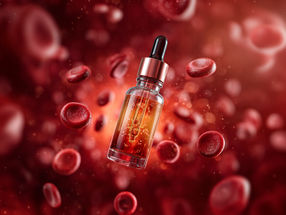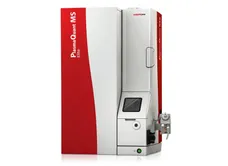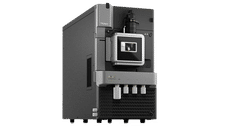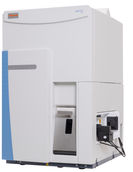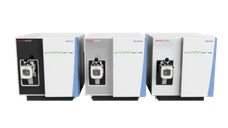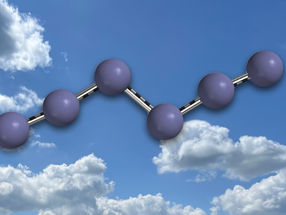Four-legged, dog-like robot ‘sniffs’ hazardous gases in inaccessible environments
Portable mass spectrometry for on-site detection of hazardous volatile organic compounds via robotic extractive sampling
Nightmare material or truly man’s best friend? A team of researchers equipped a dog-like quadruped robot with a mechanized arm that takes air samples from potentially treacherous situations, such as an abandoned building or fire. The robot dog walks samples to a person who screens them for potentially hazardous compounds, says the team that published its study in ACS’ Analytical Chemistry. While the system needs further refinement, demonstrations show its potential value in dangerous conditions.
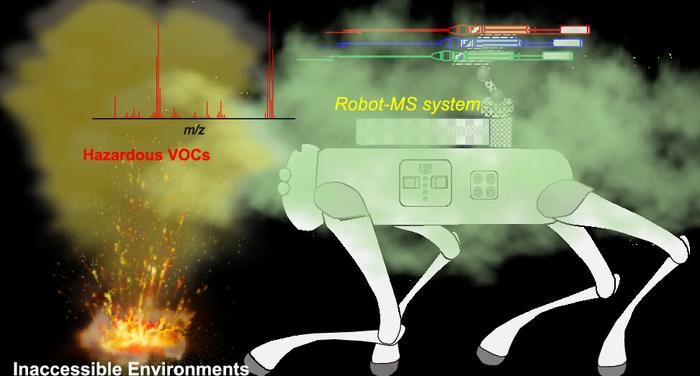
This quadruped robotic air sampler can navigate through fire and other potentially dangerous situations to test for hazardous volatile organic compounds.
Adapted from Analytical Chemistry 2024, DOI: 10.1021/acs.analchem.4c01555
Testing the air for dangerous chemicals in risky workplaces or after an accident, such as a fire, is an important but very dangerous task for scientists and technicians. To keep humans out of harm’s way, Bin Hu and colleagues are developing mobile detection systems for hazardous gases and volatile organic compounds (VOCs) by building remote-controlled sampling devices like aerial drones and tiny remotely operated ships. The team’s latest entry into this mechanical menagerie is a dog-like robot with an articulated testing arm mounted on its back. The independently controlled arm is loaded with three needle trap devices (NTDs) that can collect air samples at any point during the robot’s terrestrial mission.
The researchers test-drove their four-legged “lab” through a variety of inaccessible environments, including a garbage disposal plant, sewer system, gasoline fireground and chemical warehouse, to sample the air for hazardous VOCs. While the robot had trouble navigating effectively in rainy and snowy weather, it collected air samples and returned them to the portable mass spectrometer (MS) for onsite analysis in less time than it would take to transfer the samples to an off-site laboratory — and without putting a technician in a dangerous environment. The researchers say the robot-MS system represents a “smart” and safer approach for detecting potentially harmful compounds.
Original publication
These products might interest you
See the theme worlds for related content
Topic World Mass Spectrometry
Mass spectrometry enables us to detect and identify molecules and reveal their structure. Whether in chemistry, biochemistry or forensics - mass spectrometry opens up unexpected insights into the composition of our world. Immerse yourself in the fascinating world of mass spectrometry!

Topic World Mass Spectrometry
Mass spectrometry enables us to detect and identify molecules and reveal their structure. Whether in chemistry, biochemistry or forensics - mass spectrometry opens up unexpected insights into the composition of our world. Immerse yourself in the fascinating world of mass spectrometry!










